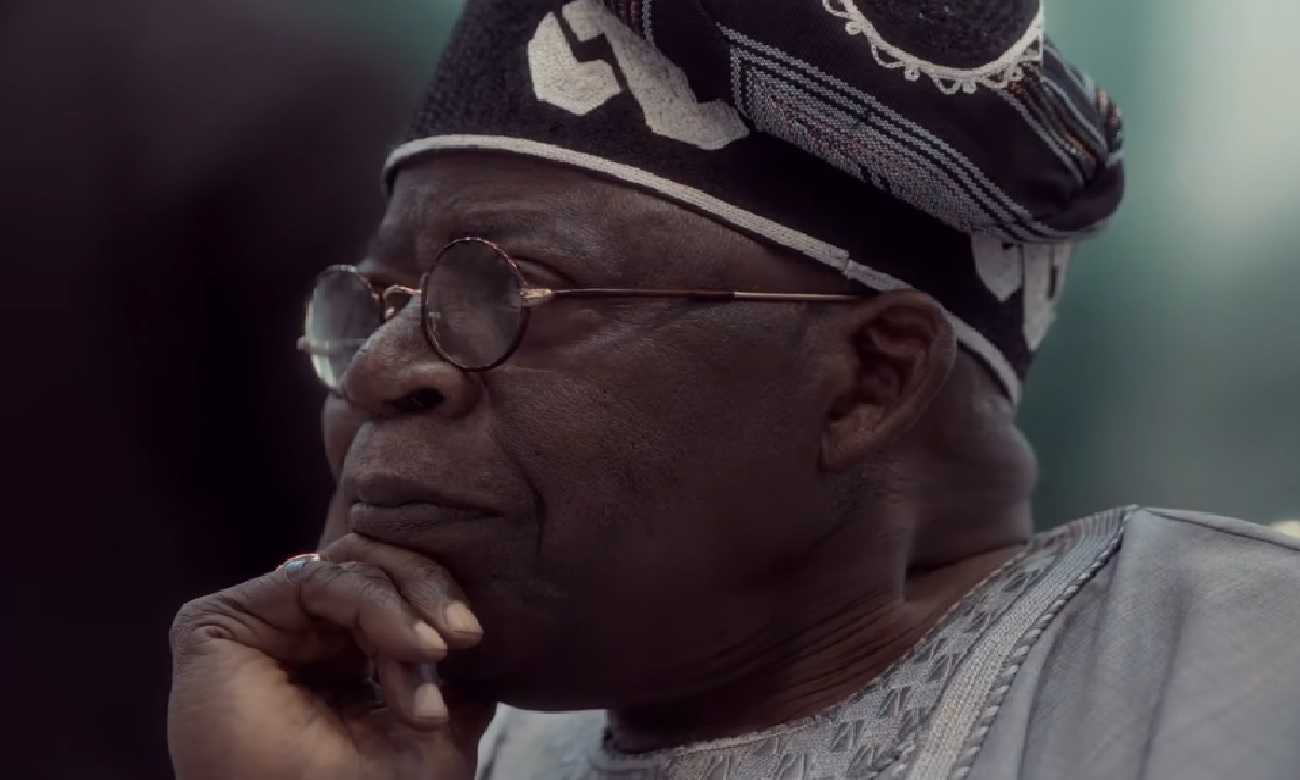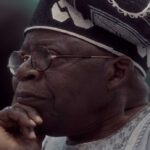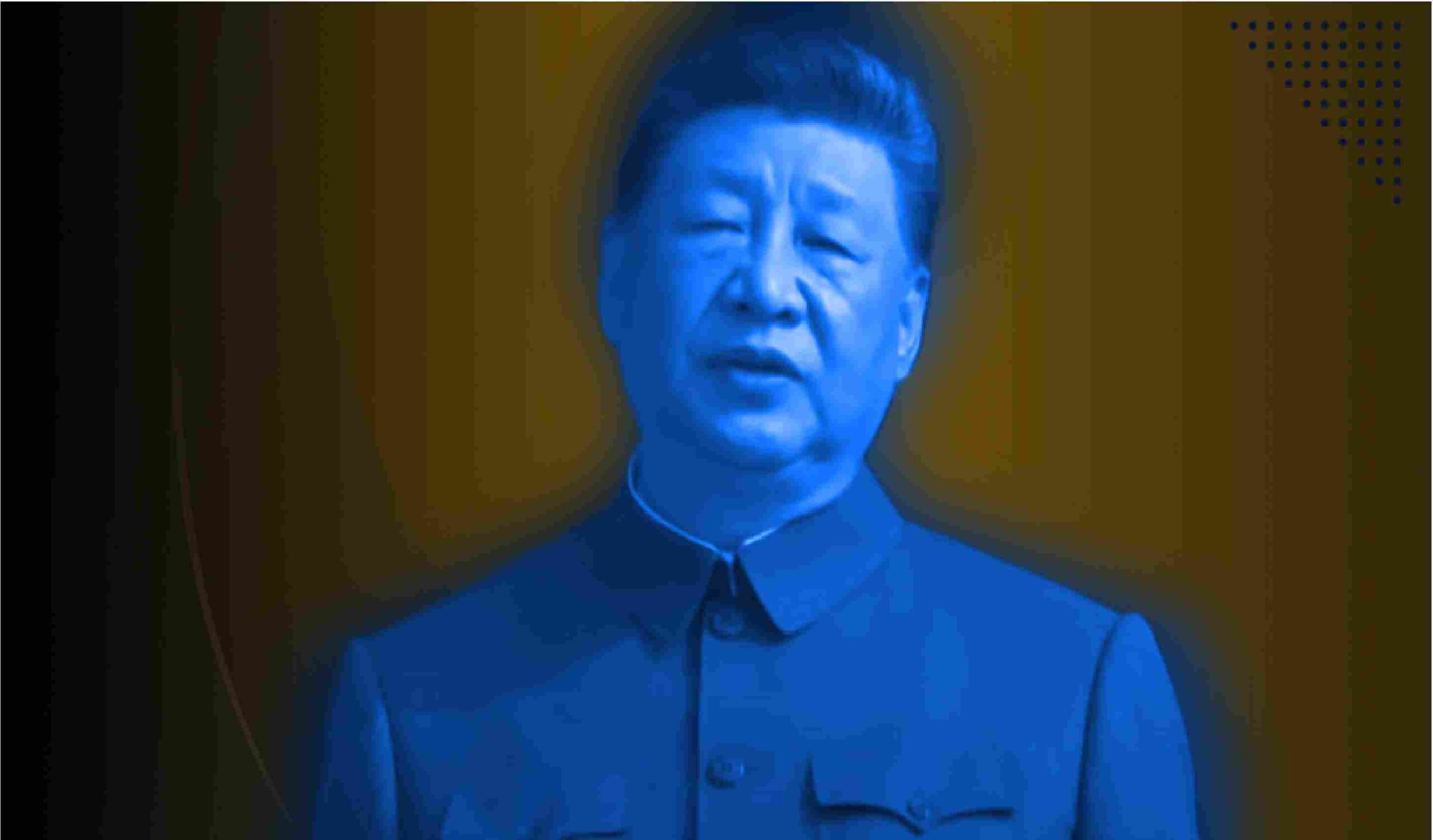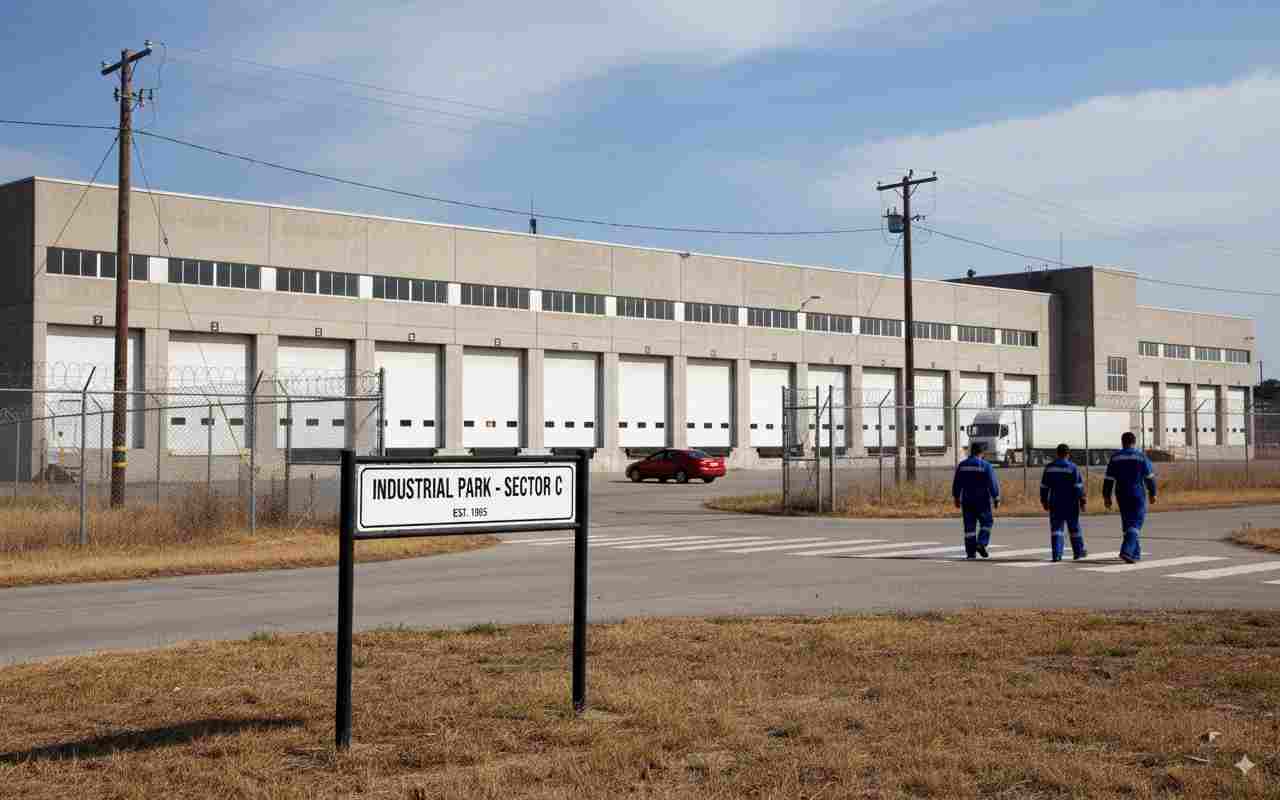The Maryam Sanda Case represents a significant moment in the application of the constitutional power of mercy in Nigeria.
The initial presidential pardon list, approved by President Tinubu, was met with widespread public outrage. The concerns were about the inclusion of high-profile convicts of serious crimes on the pardon list.
Using his discretionary power under Section 175 of the 1999 Constitution, President Tinubu directed a further review, resulting in three key actions. Recommended by the National Council of State, the review led to the revocation of the pardon and commutation of the sentence on Maryam Sanda.
The initial reports suggested a full pardon for Maryam Sanda, who was sentenced to death for the culpable homicide of her husband. The reviewed action, however, applied a different constitutional power.
- New Decision for Maryam Sanda as She Gets 12 Years

- China-Nigeria Sign $400m Deal to Boost Steel Production

- Ramping up Renewables in Nigeria After UN Emission Report

The original sentence was death by hanging, affirmed by the Court of Appeal. Final action was settled at commutation of the death sentence to 12 years imprisonment.
The review also led to the deletion of numerous individuals from the list, therefore reversing clemency. These are individuals who were convicted of serious offences with a high security and social impact. Clemency was reversed for high-profile cases of kidnapping, drug and human trafficking, and financial crimes.
The Presidential Pardon List Review
The initial list of beneficiaries was significantly reduced and re-categorized in the final official gazette. Final beneficiaries reduced from about 175 to about 120. Specific categories in the final list included Commutation of death sentence to life imprisonment for 4, clemency for 15, and pardon for 15.
This shift confirms that the President acted under pressure, restricting mercy primarily to cases involving good conduct, health or old age. The controversy has also led to immediate administrative action to prevent future missteps.
This entire episode illustrates the complex interaction between the President’s expansive constitutional power and the unwritten democratic requirement for transparency and public acceptance in its exercise.







